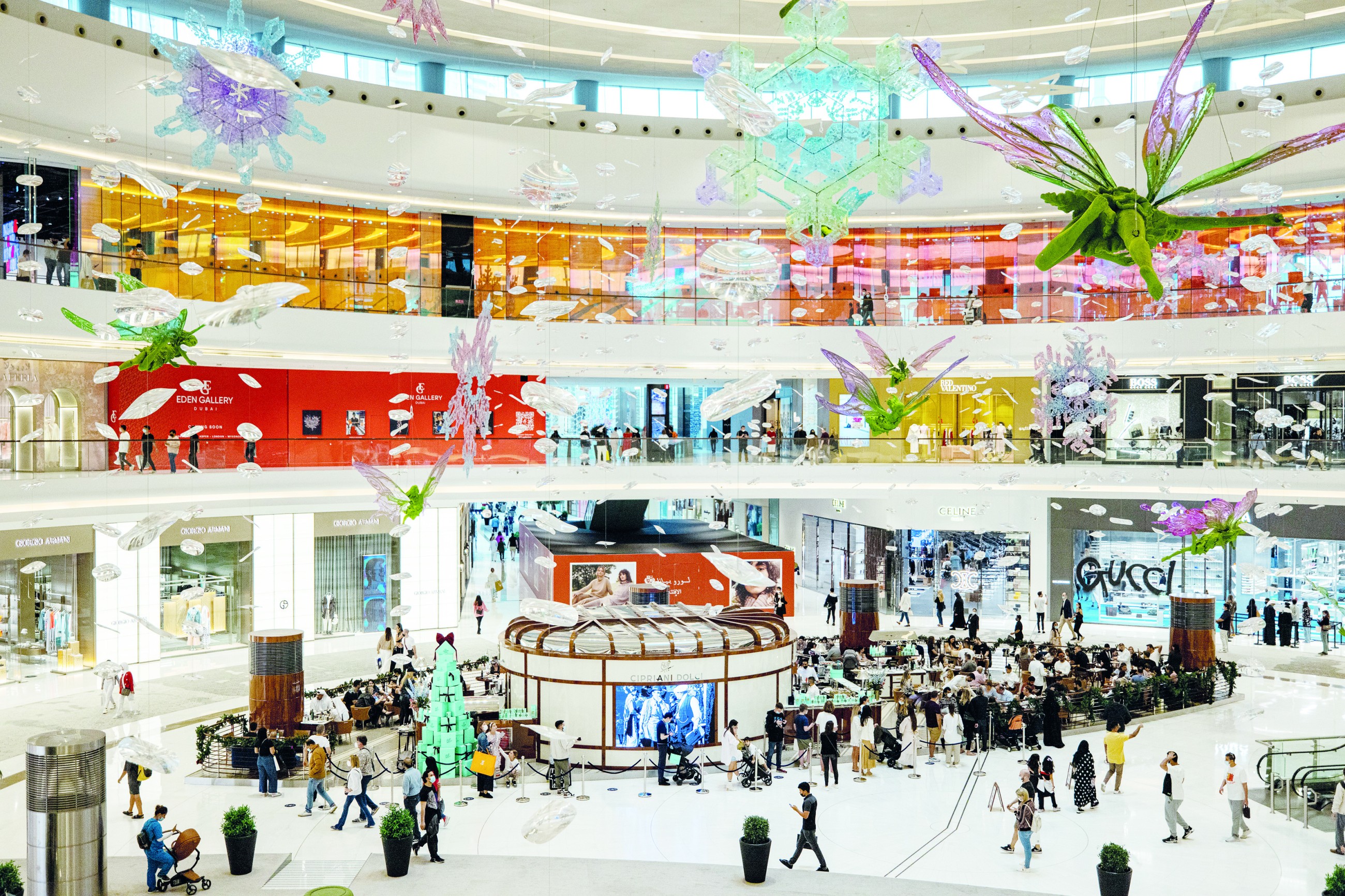The United Arab Emirates (UAE) continues to experience significant demographic growth, as evidenced by the latest figures released by the Federal Competitiveness and Statistics Centre (FCSC). By the end of 2024, the UAE’s population reached approximately 11.3 million, marking an impressive increase of 5.7 per cent, equivalent to an addition of 615,687 individuals within just one year. This rise underscores the UAE’s appeal as both a destination for expatriates and a focal point for economic and cultural development in the region.
Analyzing the demographic composition, the data reveals a continuation of a longstanding pattern: the UAE has a significantly higher male population compared to females. As of the end of 2024, the male demographic stood at 7,235,074—roughly 64 per cent of the total population—while females accounted for 4,059,169, representing 36 per cent of the populace. This gender disparity has various social implications, particularly in areas such as family structure, labor market dynamics, and public policy.
The increase in the male population can be attributed to several factors, including the demand for labor in sectors such as construction and hospitality, which predominantly employ male expatriates. In 2024, the number of males rose by 5.7 per cent, adding 392,074 individuals to the population. In contrast, the female population also registered a notable 5.8 per cent increase, with an additional 223,518 women joining the ranks, reflecting an upward trend from 2023’s figure of 3.835 million.
The historical context of these population changes reveals a striking narrative: since the turn of the millennium, the UAE’s population has more than doubled. In 2000, the total population was approximately 3.17 million. This significant growth trajectory is notable, with the male population expanding by 125 per cent from about 2.25 million to the current figure, while the female population has seen a remarkable three-and-a-half-fold increase, surging from 919,500.
This demographic uptrend aligns with the UAE’s broader socio-economic goals, which include diversifying the economy, enhancing cultural vibrancy, and positioning itself as a global hub for talent and innovation. The continued influx of expatriates is driven by the country’s development projects, robust infrastructure, and aspiring lifestyle offerings that attract skilled professionals from around the world.
As the UAE government continues to implement initiatives aimed at further enhancing the quality of life—such as in healthcare, education, and public services—the positive growth in population serves as a testament to the nation’s effectiveness in creating an environment conducive for residents. The ban on companies recruiting based exclusively on gender, for instance, is a progressive step that may help bridge the gender gap in employment opportunities.
However, this demographic shift also presents challenges, particularly in optimizing resources and ensuring sustainable infrastructure. Rapid population growth necessitates careful planning and investment to maintain quality living standards, control urban sprawl, and protect environmental resources. The UAE’s strategic vision, as delineated in various national plans, aims to balance growth with sustainability. Initiatives focused on renewable energy, green building practices, and water conservation are just a few examples of how the nation envisions its future.
Ultimately, the recent population statistics reveal not only the ongoing appeal of the UAE as a melting pot of cultures and opportunities but also the complexities that accompany rapid growth. As the nation forges ahead, efforts will need to prioritize inclusivity while recognizing the nuanced dynamics of a burgeoning populace. The implications for labor markets, social services, and community cohesion will undoubtedly be a focal point for policymakers in the coming years.
In summary, the UAE’s population increase of 5.7 per cent within a year highlights not merely a statistic but a reflection of the country’s vibrant socio-economic landscape. As the region continues to evolve, it will be imperative for civic leaders and citizens alike to embrace this growth in a manner that upholds the values of sustainability, equality, and quality of life.
Tags: #UAE, #EconomyNews, #RealEstateNews

